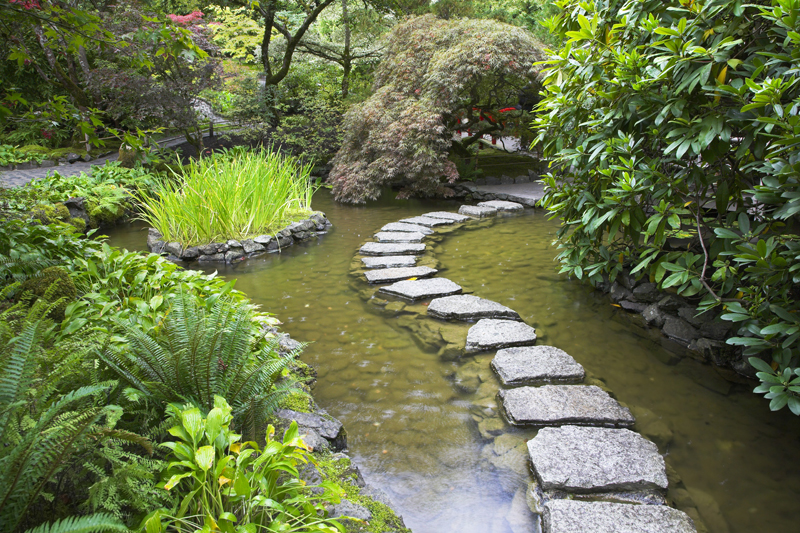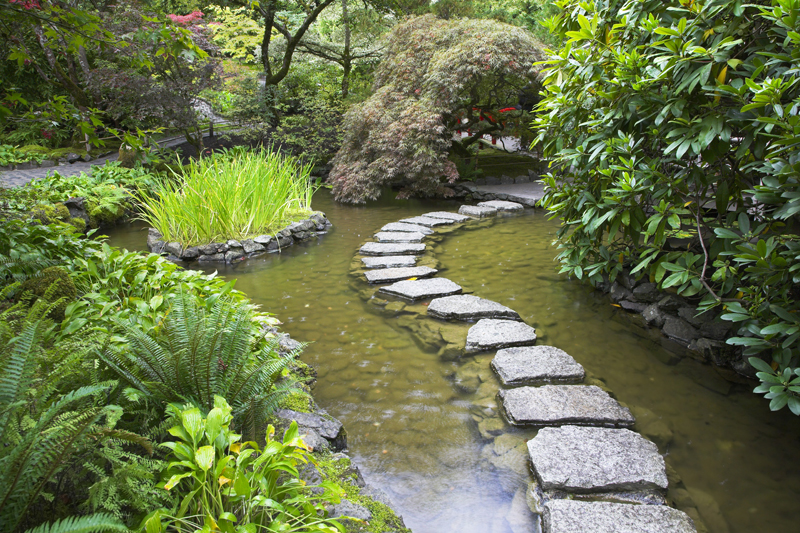Silver Maple

Silver maple is a tough native tree is used for wind breaks in zone 5 because it is very resistant to wind. This has been widely planted as a street tree and shade tree.
It is found from Canada to Nebraska and Oklahoma. In the East, it occurs southward to Florida. This is found along riverbanks and flood plains.
This tree is recommended for zones 3 through 9. Note that the plant isn’t a good choice for hot climates. It is relatively long lived, particularly when it is grown in moist soils.
Description of Silver Maple
This is a very large, upright, vase shaped, very graceful looking tree. When young, it has a fast growth rate. Various varieties are available.
Usually 68 to 80 feet or so in height with a spread of 30 to 50 feet, it can reach a hundred feet or more with good growing conditions.
The limbs droop as the tree ages. The branches can be somewhat pendulous. The shaggy bark, which is grayish-silver, peels in strips.
The deeply lobed, lace-like leaves are 3 to 6 inches wide. The edges are toothed.
The foliage is vivid green above and silvery underneath. The leaves turn yellow in the fall.
The reddish to yellow-green blossoms are borne on short stalks. Lacking petals, these open in the spring on one-inch-wide clusters. Pollinators visit these flowers.
The sickle-like winged fruits are blown about by the wind, which allows the tree to spread.
Positive Aspects of Silver Maple
Silver maple can withstand adverse conditions, including urban conditions, drought, wet soils, and flooding. This does well in both moderately dry soils as well as moist ones. Mostly ignored by deer, it also has some tolerance to salt.
The tree does best in acid soils as well as ones that are slightly alkaline. However, when the soil is extremely alkaline, the plant can become chlorotic.
Silver maple is suitable for full sun and part shade. A moderately dense tree, it provides somewhat open shade.
Cautions Concerning Silver Maple
As with any other plant, there are some negative aspects to this tree. The roots can be very aggressive. For that reason, avoid planting it near buildings, power lines, and paved areas.
Silver maple trees tend to be a weak wooded plant, which means that it is prone to experience damage during ice storms. Both the twigs and branches are very brittle.
One other factor that can result in damage to this tree is that it has a weak structure. This means it has a tendency to develop narrow crotches that can break easily. However, if the plant is pruned and trained properly, this issue is less likely to occur. Prune this tree only when it is dormant for it tends to bleed.
In addition, this native reseeds freely partly because all maples produce lots of wind-borne seeds, which tend to sprout.
This tree can experience various pests and disease problems. These include cottony scale, aphids, and verticilium wilt.
It is found from Canada to Nebraska and Oklahoma. In the East, it occurs southward to Florida. This is found along riverbanks and flood plains.
This tree is recommended for zones 3 through 9. Note that the plant isn’t a good choice for hot climates. It is relatively long lived, particularly when it is grown in moist soils.
Description of Silver Maple
This is a very large, upright, vase shaped, very graceful looking tree. When young, it has a fast growth rate. Various varieties are available.
Usually 68 to 80 feet or so in height with a spread of 30 to 50 feet, it can reach a hundred feet or more with good growing conditions.
The limbs droop as the tree ages. The branches can be somewhat pendulous. The shaggy bark, which is grayish-silver, peels in strips.
The deeply lobed, lace-like leaves are 3 to 6 inches wide. The edges are toothed.
The foliage is vivid green above and silvery underneath. The leaves turn yellow in the fall.
The reddish to yellow-green blossoms are borne on short stalks. Lacking petals, these open in the spring on one-inch-wide clusters. Pollinators visit these flowers.
The sickle-like winged fruits are blown about by the wind, which allows the tree to spread.
Positive Aspects of Silver Maple
Silver maple can withstand adverse conditions, including urban conditions, drought, wet soils, and flooding. This does well in both moderately dry soils as well as moist ones. Mostly ignored by deer, it also has some tolerance to salt.
The tree does best in acid soils as well as ones that are slightly alkaline. However, when the soil is extremely alkaline, the plant can become chlorotic.
Silver maple is suitable for full sun and part shade. A moderately dense tree, it provides somewhat open shade.
Cautions Concerning Silver Maple
As with any other plant, there are some negative aspects to this tree. The roots can be very aggressive. For that reason, avoid planting it near buildings, power lines, and paved areas.
Silver maple trees tend to be a weak wooded plant, which means that it is prone to experience damage during ice storms. Both the twigs and branches are very brittle.
One other factor that can result in damage to this tree is that it has a weak structure. This means it has a tendency to develop narrow crotches that can break easily. However, if the plant is pruned and trained properly, this issue is less likely to occur. Prune this tree only when it is dormant for it tends to bleed.
In addition, this native reseeds freely partly because all maples produce lots of wind-borne seeds, which tend to sprout.
This tree can experience various pests and disease problems. These include cottony scale, aphids, and verticilium wilt.

Related Articles
Editor's Picks Articles
Top Ten Articles
Previous Features
Site Map
Content copyright © 2023 by Connie Krochmal. All rights reserved.
This content was written by Connie Krochmal. If you wish to use this content in any manner, you need written permission. Contact Connie Krochmal for details.



